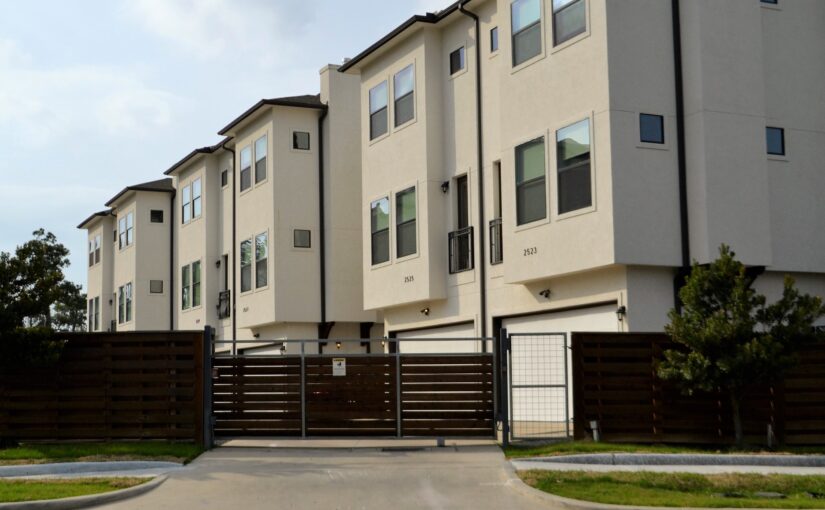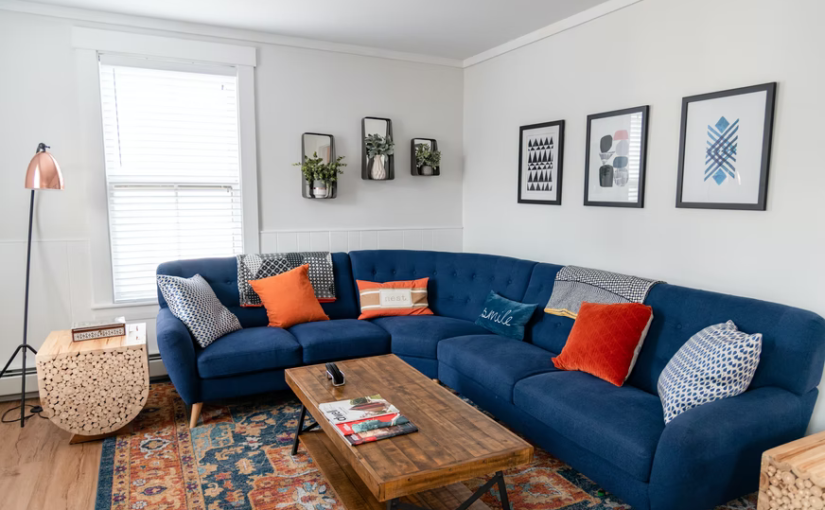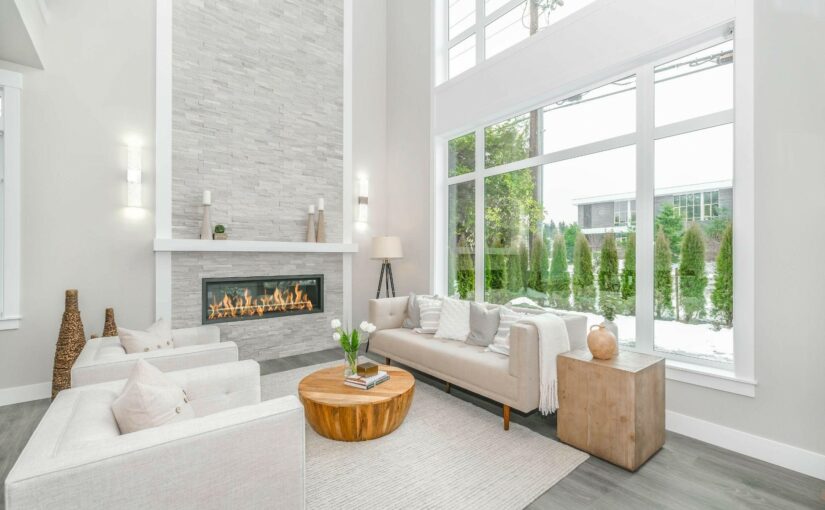Real estate investment is a great way to make a passive income with a lot of potential. But what should you do before starting your own business?
There are a few things that you should know before you start your own real estate investment firm. The first thing that you need to know is what kind of business model do you want to use? Do you want to work with investors as an information broker or as an investor yourself? If this is something that appeals to you, then it is important for you to understand the risks associated with both options.
The Current State of the Real Estate Industry
The real estate industry has been a longstanding and profitable industry that has been around for decades. The market has shifted over the years where more and more people are going to real estate investment firms to buy property because of their low capital requirements as well as the profitability of the trade.
Might sound like an oxymoron but a lot of people want to be a “real-estate agent” these days. They want to be an authority on all things real-estate, but what they don’t know is that there are many other ways for them to invest in the field without being an agent.
How does One Determine if they have Enough Funds or Credit Scores to Start an Investment Firm?
A strong investor with a successful track record is not the only requirement to start an investment firm. They also need to have enough funds or credit scores that are relevant for the type of investment they are starting.
There are many factors that one needs to take into account when considering investing in an investment start-up. One of the most important ones is your credit score and your ability to borrow funds for investment start-ups.
Introduction of Potential Investors in Your Real Estate Business Venture
The first step in getting potential investors is to have a plan. You need to write down all the risks, the benefits, what will the company look like after it’s been funded – basically everything that can go wrong and what could go right.
The next step is to find people who are interested in your project. This typically involves networking or reaching out on social media.
The third step is to create a pitch deck for potential investors who are thoroughly interested. A pitch deck typically includes financial information about your business, information about the team running it, and other important details about your company’s future goals.
Networking Strategies for Successful Real Estate Investors
Finding a network of people with the same interests and goals is one of the most important steps in becoming a successful real estate investor.
Networking is a broad term that means connecting with others to share knowledge, skills, and expertise. There are many different networking strategies for entrepreneurs who want to make connections with others in their field. In order to create successful connections, you need to be remarkably genuine and offer something of value in your interactions.
In addition, there are many ways for entrepreneurs to get started when it comes to networking. For example, you can go out and attend events that will allow you the opportunity to meet new people and potentially find potential connections in your field. You can also use sites like LinkedIn or Facebook groups for this purpose as well.
What are The Different Types of Property You can Invest In?
Owning property is an exciting prospect, but can also be daunting. There are many different types of property you can invest in, and the price ranges vary widely. To make it easier for you to narrow down your options, here are some of the most common.
There are four main kinds of properties that you can invest in: residential, commercial, industrial and agricultural properties. Residential properties are the most common type of property for people to buy because they require less work than other types when it comes to upkeep and they already come equipped with things like plumbing and electricity for your convenience. You may want to look for apartment blocks for sale.
Financing Your Investment Properties
Investing in property is not always the safest way to make money. However, it does offer a lot of investment opportunities and can be a great way to grow your wealth over time.
One of the most popular ways for investors to finance their properties is by taking out a loan from their bank. This option offers the simplicity of being able to get approved for up to 95% LTV on purchase or refinance transactions. The downside, however, is that you are not only securing your own house but also any other investments you have.
There are also many private lenders who offer financing options for real estate investors who have good credit scores and cash reserves set aside for their own down payment. As with any other investment opportunity, there are risks involved with private lending.
What Helps You Succeed as a Real Estate Investor?
It’s important to know that investing in real estate is not always an easy task. There are many ways to lose money and there are also many ways to make it. If you want to be successful as an investor, then the following tips will help you.
1. Do Your Research
Develop a game plan before you purchase your first property so that you’ll know exactly what you should buy and how much it will cost. You’ll also need to decide if you want the property for rental, flipping or long-term hold so that you can find the right place for your investment strategy.
2. Get Creative with Your Finances
It’s important that real estate investors have enough capital because their money is their most valuable asset in this business – they need enough of it to cover all ongoing expenses.
Do you have your Real Estate Investment for sale? List it with us for free.










